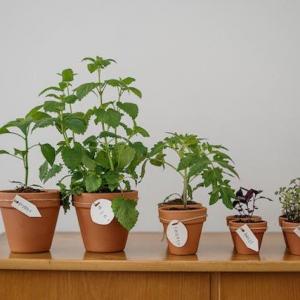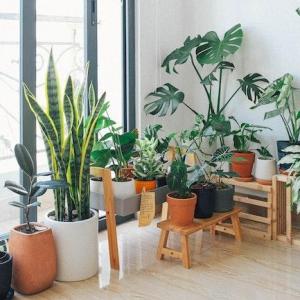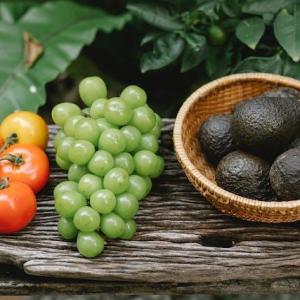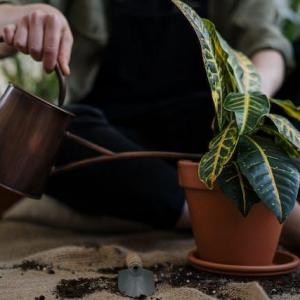
Creating Habitat for Biodiversity:
Gardens have the potential to become vibrant ecosystems that support a wide range of plant and animal species. By incorporating diverse plant species into your garden, you can attract a variety of insects, birds, and small mammals. Creating a layered garden with different plant heights, including trees, shrubs, perennials, and groundcovers, provides an assortment of habitats and microclimates. Tall trees offer shelter and nesting opportunities for birds, while shrubs and perennials provide hiding places for small mammals. Groundcovers offer protection for insects and help retain moisture in the soil. By providing a diverse range of vegetation, you can support a healthy and balanced ecosystem within your garden.Additionally, incorporating native plants into your garden is crucial for promoting biodiversity. Native plants are adapted to the local climate and soil conditions, making them more resilient and attractive to local wildlife. They have evolved alongside native insects and animals, creating intricate relationships that support their survival. By planting native species, you provide a familiar food source and habitat for local wildlife, ensuring their continued existence. Native plants also play a vital role in supporting the life cycle of specific insects, such as butterflies that rely on specific host plants for their caterpillars. By incorporating a variety of native plants in your garden, you can create a thriving habitat that supports a diverse range of species.
Planting Native Species:
Native plants are not only beneficial for supporting local biodiversity but also play a fundamental role in attracting and sustaining pollinators. Many native plants have co-evolved with local pollinators, developing intricate relationships that ensure their mutual survival. By incorporating native flowering plants into your garden, you provide a familiar and nutritious food source for pollinators. Native plants often produce nectar and pollen that are specifically adapted to attract and nourish local pollinators, ensuring successful reproduction for both plants and pollinators. Research the native plant species that are suitable for your region and incorporate them into your garden to create an environment that is attractive and supportive for local pollinators. Moreover, native plants are typically well-suited to the local climate and soil conditions, making them more resilient and requiring less maintenance. They have evolved to tolerate local pests and diseases, reducing the need for chemical interventions. By choosing native plants, you can minimize the use of pesticides and chemicals in your garden, creating a healthier and more sustainable environment for both plants and wildlife. Additionally, native plants often have unique characteristics, such as specific flower shapes or scents, that are more effective in attracting certain pollinators. By planting a variety of native species with different flowering times, you can provide a continuous and diverse food source for pollinators throughout the year, increasing their presence and activity in your garden.Providing Food Sources for Pollinators:
Pollinators, such as bees, butterflies, and hummingbirds, play a crucial role in the reproduction and survival of many plant species. By planting a variety of flowering plants that bloom at different times throughout the year, you can provide a continuous food source for pollinators and ensure their presence in your garden. Choose plants with different shapes, colors, and nectar compositions to attract a diverse array of pollinators.Bees are particularly important pollinators and can be attracted by planting bee-friendly flowers such as lavender, sunflowers, and asters. These flowers have nectar-rich blooms that provide sustenance for bees. Butterflies, on the other hand, are attracted to bright and colorful flowers with flat landing surfaces, such as milkweed, coneflowers, and butterfly bush. By including these varieties in your garden, you can create a haven for butterflies and witness their graceful presence. Hummingbirds, known for their vibrant colors and unique hovering flight, are attracted to tubular flowers with bright hues like trumpet vine, bee balm, and salvia. Planting these flowers will entice hummingbirds with their nectar-filled blossoms.
In addition to flowers, consider incorporating plants that provide food sources for caterpillars, the larval stage of butterflies and moths. Different species of butterflies have specific host plants on which they lay their eggs, and the caterpillars feed on these plants as they grow. For example, monarch butterflies rely on milkweed plants as their host plants. By planting milkweed, you can support the entire life cycle of monarch butterflies, from egg to caterpillar to adult butterfly. Providing host plants for caterpillars ensures a sustainable population of butterflies in your garden.
By offering a variety of plants that cater to different pollinator species, you can create a diverse and thriving ecosystem in your garden. The abundance of food sources will attract a wide range of pollinators, ensuring successful pollination and contributing to the overall health and biodiversity of your garden.
Avoiding Pesticides and Chemicals:
To promote biodiversity and attract pollinators, it is essential to avoid or minimize the use of pesticides and chemicals in your garden. Pesticides can harm not only the target pests but also beneficial insects, birds, and other animals. Instead, focus on natural pest control methods like companion planting, using beneficial insects, and practicing good garden hygiene. By maintaining a healthy and balanced ecosystem in your garden, you can naturally control pests while supporting pollinators and other beneficial creatures.Creating Water Sources:
Providing a water source in your garden is essential for attracting and supporting wildlife. A shallow birdbath or a small pond with a gently sloping edge can offer water for birds, insects, and small mammals. Ensure that the water source is easily accessible and regularly clean and refill it to prevent mosquito breeding. Adding rocks or floating plants can also provide resting places for insects and amphibians.Leaving Some Natural Areas:
While creating a well-maintained garden is important, leaving some areas of your yard wild and untamed can provide crucial habitat for biodiversity. Allow some grass to grow longer, leave fallen leaves and dead plant material in certain areas, and create brush piles or log piles. These areas will attract insects, birds, and other wildlife seeking shelter, nesting sites, or food sources.Gardening can have a significant positive impact on biodiversity and the attraction of pollinators. By creating a garden that provides a habitat for various species, incorporating native plants, providing food sources for pollinators, avoiding pesticides, creating water sources, and leaving some areas wild, we can contribute to the preservation of ecosystems and support the delicate balance of nature. Embrace these practices in your garden and enjoy the beauty and benefits of a thriving and biodiverse environment.
Article
Be the first comment
Elite Article
1,660 Views
0
0














